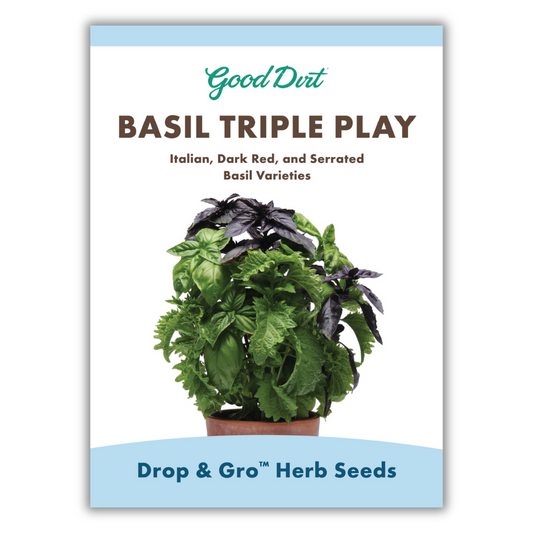Americans who planted Victory Gardens during the WWI and WWII eras were creative and resourceful. Since not everyone had space readily available in a backyard, so people planted in hanging baskets, outdoor containers, window boxes or raised beds. Even in a small kitchen herb garden on a windowsill could be productive. Avoid frustration on your journey of planting and nurturing your own Victory Garden with these tips.
Victory Gardens can be as big or as small as you like
Begin by taking inventory of what's already in your home and yard. Container gardens can thrive in environments from bathtubs to boots and can be funky, modern, traditional – whatever fits your vibe. Anywhere you have a little space and sunlight can turn a concrete jungle setting into an inviting space full of living and edible greens. The beauty of container gardening is that you can reuse old containers around your home for your garden, so it's budget and environmentally friendly. Container gardening is space-efficient and mobile, so you can move plants easily to accommodate their need for light.
Calculate how much Outdoor Potting Mix you'll need
As soon as you've identified your growing space, determine the amount of soil and amendments you need by measuring the bed or container length, width, and depth. Our trusted Potting Mix will provide the structure and starter nutrients for your newly sprouting plants to get a healthy start in any type of container. If you’re planting in-ground, we recommend adding Good Dirt's Soil Conditioner to your gardening plot.
There are many online calculators that will give you answers in cubic feet. Here are two examples of how to calculate how much potting mix to use:
Choose Your Fruits, Vegetables, and Herbs based on your growing zone
When starting a new garden, begin with what will be easy to grow. Consider using starter plants or Good Dirt's easy-to-use Drop & Gro Seed Pods for faster-growing, fuller plants. We recommend choosing vegetables, lettuces, and herbs that you already like and eat regularly.
Maximize the potential of the victory garden by knowing your hardiness zone. This USDA chart will aid you in determining which plants will thrive where you live. Next, decide if you want annuals (planted every year), biennials (live two years), or perennials (come back every year). Note that these categories can change from zone to zone. Decide whether you want to plant from seeds or seedlings.
Get Your Gardening Supplies Together
Once you know what you’ll plant and your beds are ready, you can collect your plant and seed babies from a local plant nursery or order online.
Nurture continual growth by feeding your plants with an organic-based plant food with a low salt index, such as Good Dirt Plant Food, and a regular dusting of Good Dirt PlantBiotics.






